At a time when food truck culture is prevalent around the world, venezuelan food trucks have become a bright spot in the field of street dining with their unique South American flavor, passionate visual design, and flexible business model. These food trucks are not only mobile carriers of traditional venezuelan food, but also carry the dual mission of cultural integration and business innovation, bringing diners a carnival from taste buds to soul.

Core Features
1.Mobile carrier of cultural symbols
- Food trucks are not only catering tools, but also disseminators of Venezuelan culture. The body decoration, employee uniforms (such as printed aprons and straw hats) and even background music (such as salsa) are all integrated with national elements to attract tourists to stop and experience.
2.Flexible operation with high cost performance
- Compared with physical restaurants, food trucks have low initial investment (about 50,000-150,000 US dollars), can quickly adapt to different passenger flow areas (such as commercial streets, communities, industrial areas), and dynamically adjust their locations through social media to reduce operational risks.
3.Community bonding
- Many food trucks cooperate with local communities to provide employment opportunities for immigrant groups, while supporting public welfare through activities such as “buy one, donate one” to enhance brand social responsibility.
4.Balance between customization and standardization
- Core dishes (such as arepas and Pabellón beef rolls) maintain traditional recipes, but the spiciness or sauce can be adjusted according to regional tastes, and even fusion dishes (such as Japanese teriyaki-flavored arepa rolls) can be launched.
Internal equipment
1.High-efficiency tortilla making station
- Equipped with an electric tortilla press (capable of pressing 20 tortillas per minute) and a dual-zone electric baking tray, precise temperature control (180-220℃) ensures that the tortillas are thin and crispy without being burnt.
2.Smart sauce insulation system
- Vacuum thermostatic tanks are used to store secret sauces (such as guacamole and black bean sauce), and a quantitative extrusion pump is used to ensure that each sauce is accurately used and the flavor is consistent.
3.Multi-function fryer and steam oven
- The gas fryer is used to make fried snacks (such as fried bananas and fried meat patties), while the steam oven is used to heat Pabellon beef or bake cheese pies to meet the needs of a diverse menu.
4.Digital operation center
- Integrated touch-screen ordering screen, cloud inventory management system and mobile payment terminal, support multi-language menus and order tracking, improve service efficiency and customer experience.
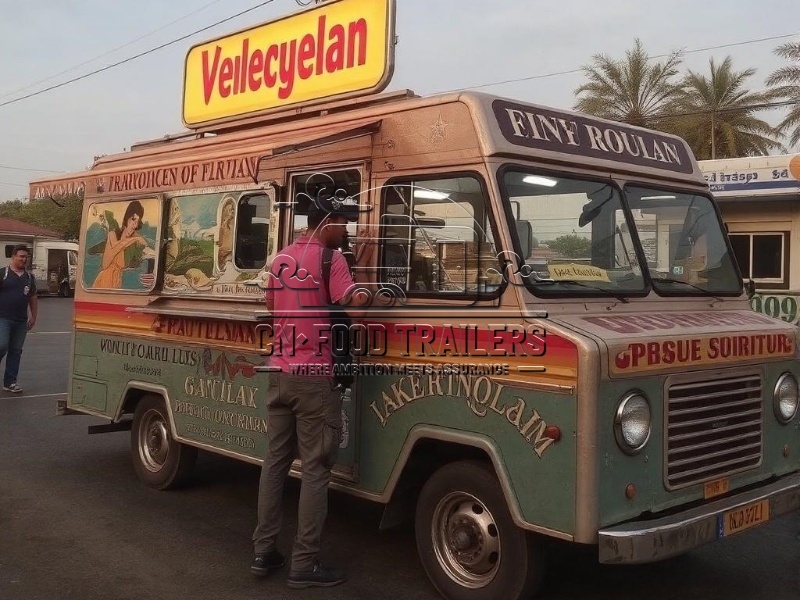
Applications
1.Creation of urban food landmarks
- In cities with large immigrant populations such as New York and Miami, food trucks often cooperate with municipal governments to set up “international food districts”, becoming a symbol of the city’s cultural diversity.
2.Customized event catering experts
- Provide themed packages for music festivals and sports events (such as the “Golden Package” during the World Cup: Arepa + roast beef + tropical juice), and link with sponsors through body advertising.
3.Community healthy catering advocate
- Some food trucks have launched “light meal version” menus (such as whole wheat tortillas, vegetarian fillings), paired with freshly squeezed juices or probiotic drinks to meet the trend of healthy eating.
4.Global entrepreneurship incubator
- After accumulating funds through food trucks, Venezuelan immigrants may upgrade to chain brands or open physical stores. For example, Miami’s “Arepa Factory” started as a food truck and has now become a well-known chain in the United States.
5.Cultural exchange and tourism promotion
- In tourist cities (such as Cancun and Barcelona), food trucks cooperate with travel agencies to launch “food walking tours” to lead tourists to taste and experience Venezuelan food culture while walking.

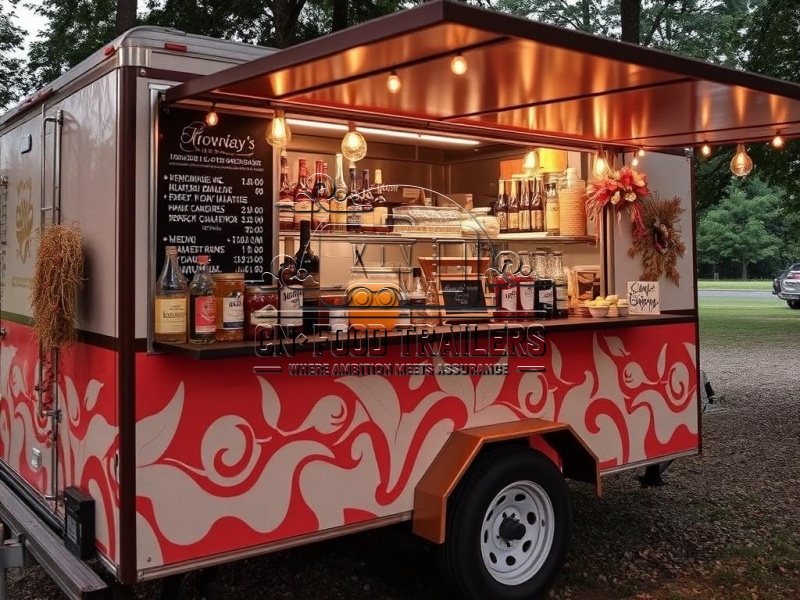
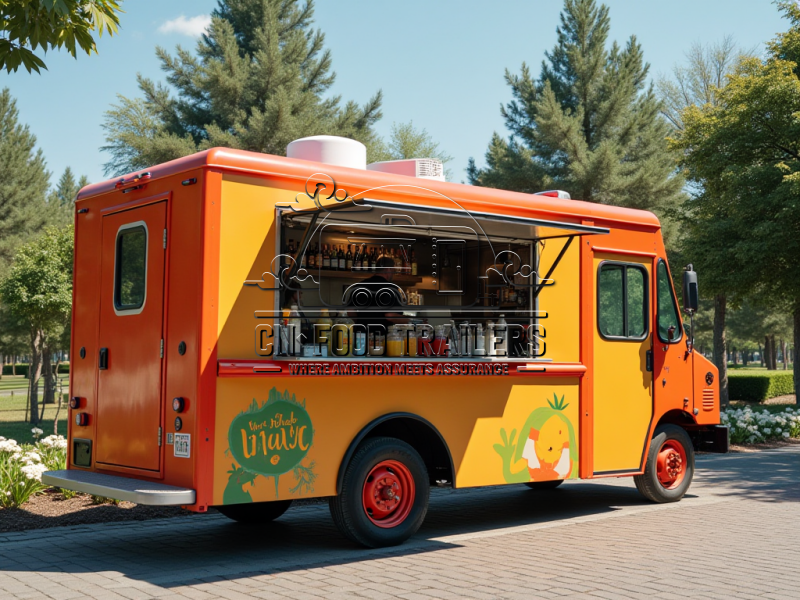

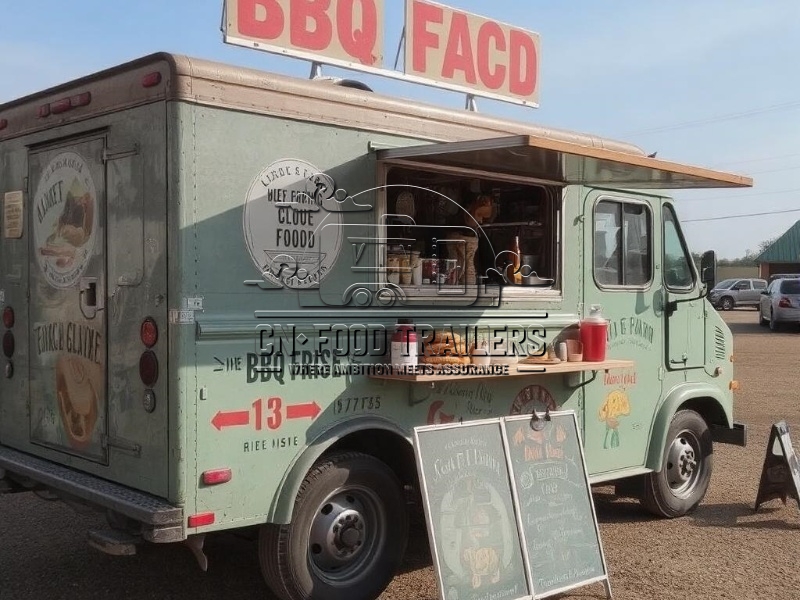
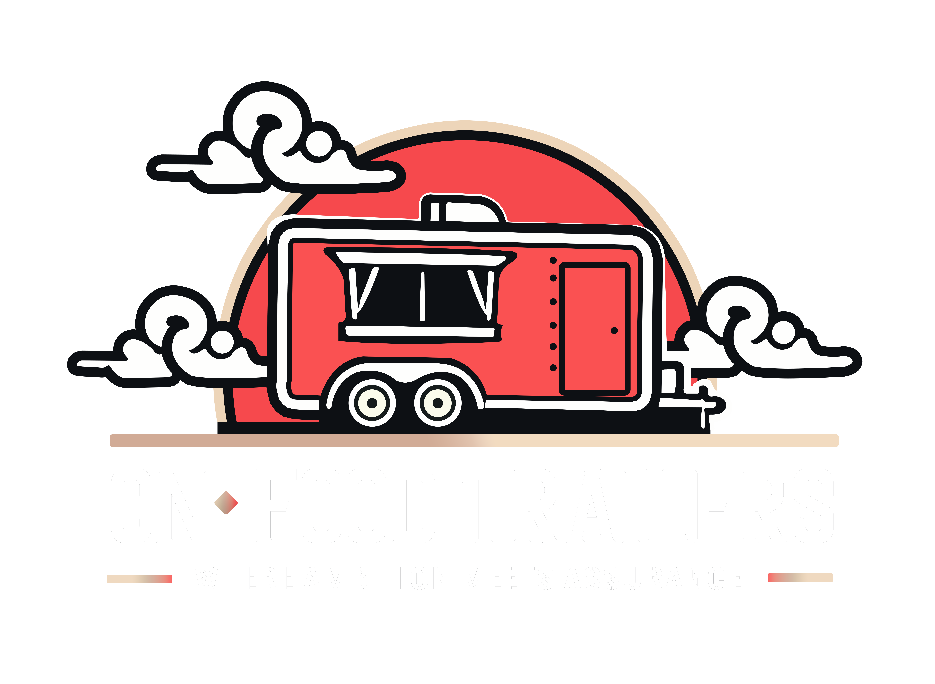
Leave A Comment